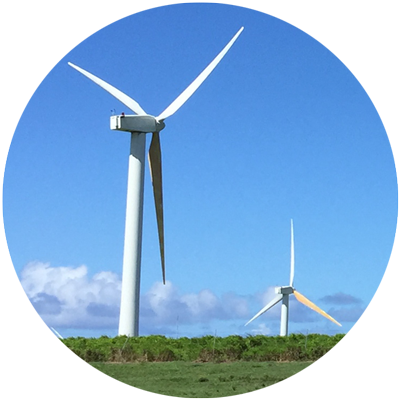
Crystal Spring Farm Community Solar Project
For the [over] 25 years BTLT has owned and managed Crystal Spring Farm, a 331-acre property dynamic in its agricultural impact, community programs, recreational opportunities, and ecological value. As BTLT staff and resources have grown, so has our capacity to manage the many aspects of this incredible property…
Capacity: 78.65 Kilowatts (KW), 286 photovoltaic solar panels, 275 watts/panel
Host: Crystal Spring Farm, with concurrence of the Brunswick-Topsham Land Trust (landowner).
Participants: Crystal Spring Farm plus seven other Brunswick families without access to solar electricity where they live.
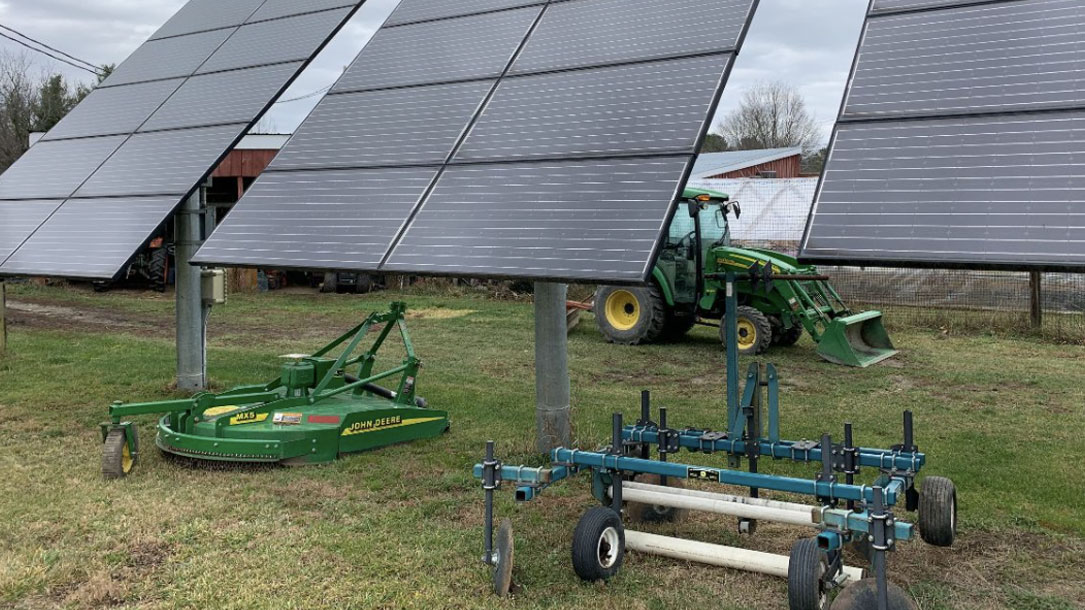
Solar siting on farmland: lessons learned from across the northeast
Are you interested in how farmland viability and solar can work together? Would you like to be able to share examples of projects that improve soil health, farm diversity, and stem the loss of farmland? You might be interested in watching American Farmland Trust Northeast’s recent webinar focusing on Connecticut policy opportunities and the various policies in the northeast.
Across the country farmland is being lost at an alarming rate: 2,000 acres of agricultural land are converted every day. With the push to transition off fossil fuels, solar development could take more out of production. But it doesn’t have to be that way. States could invest in elevated, compatible solar that could help farmers and ranchers stay in business and keep the land in production.
See what your region can glean from this webinar. There’s a window to lead on this.
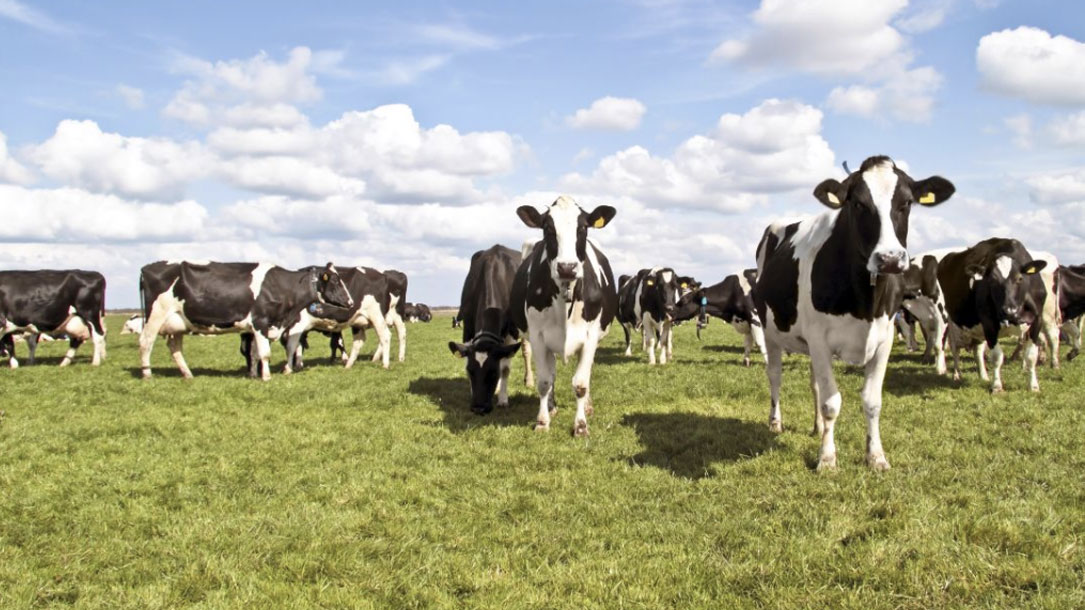
Kilby Farm protected by a conservation easement proactively addresses climate change
As a conservation organization, Cecil Land Trust takes the threats, challenges, and opportunities presented by climate change seriously. Educating the community about climate change means a better response more quickly for our community.
The Kilby Farm methane digester converts greenhouse gas methane, produced from cow waste and organic products, to green energy to run the farm…
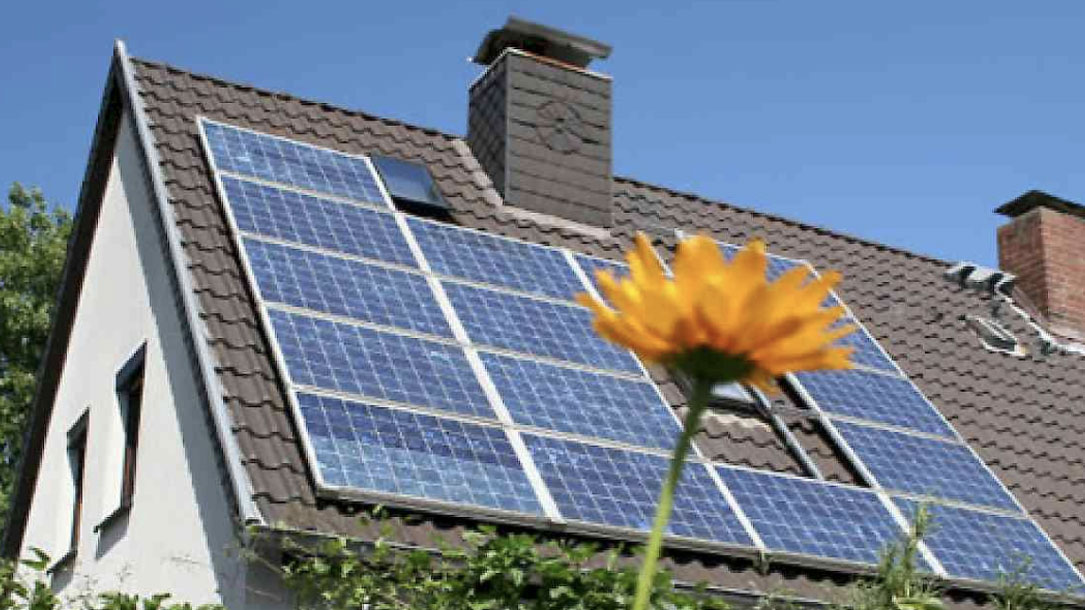
Moving forward, going solar
If this is the year you finally want to go solar, give Mendocino Solar Service a call. Not only will they be happy to answer all of your questions and set up a free on site consultation, but if you mention the Mendocino Land Trust, Mendocino Solar will make a $500 donation to MLT upon the completed installation of your 3 kW or larger solar photovoltaic system! What could be better?…
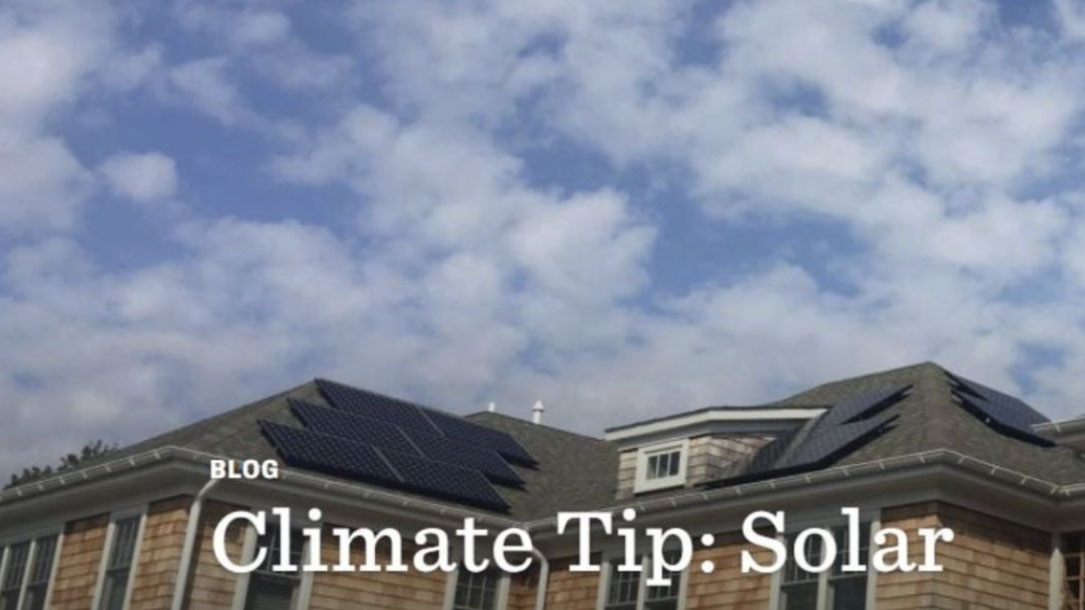
Climate tip: solar
[Recently, the Peconic Land Trust] celebrated National Cut Your Energy Cost Day with a look at our own energy costs. The Peconic Land Trust has been working to cut its energy costs through the use of solar panels—which is both economically and environmentally friendly. The net cost of solar is significantly lower than the current cost of utility power on Long Island, $0.09/ kWH to $0.21/ kWh respectively.
During the renovation of the Southampton office building in 2017, 32 solar panels were installed on the roof by GreenLogic. Since then, the panels have produced over 45,000 kWh of energy at a savings of more than $10,000! Power on Long Island comes from a combination of sources including coal and natural gas…
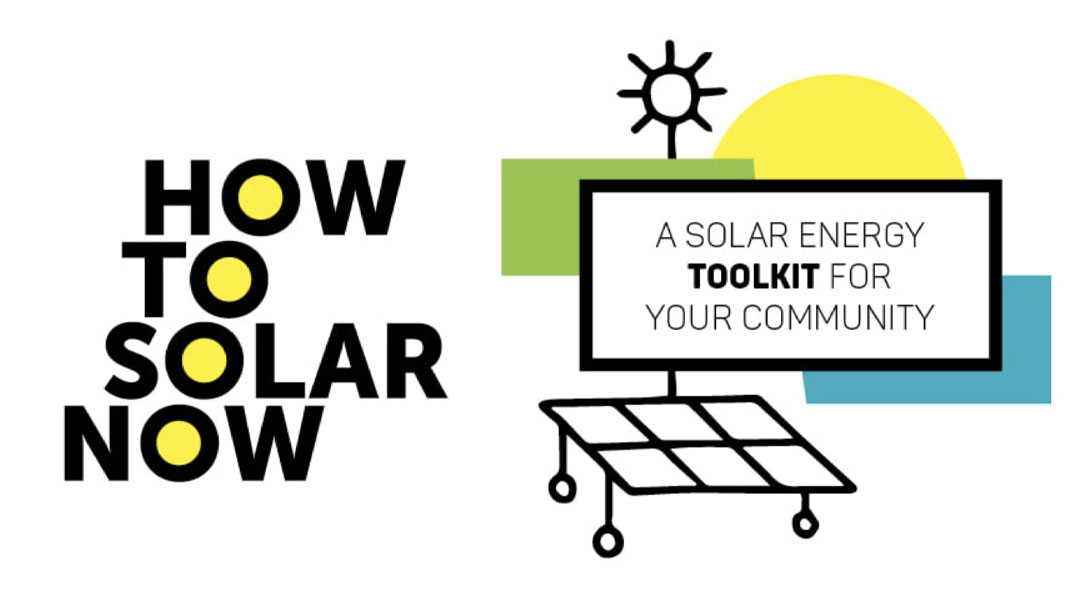
How to Solar Now
Land trusts are realizing that they must support renewable energy if we are going to have a chance at saving the plants, animals, and communities from the worst of climate change.
This web-based interactive tool combines mapped information with education and guidance to help your community proactively plan for smart solar energy development. Using Geographic Information System (GIS) mapping layers, the tool identifies communities’ natural resources—such as forests, agricultural lands, and wetlands—and overlays them with important characteristics for solar development, such as gentle slopes and distance to transmission lines. It enables communities considering planning and zoning for future solar development, evaluating proposals by developers or identifying preferred sites for solar to make smart decisions that bring clean energy to residents while minimizing impacts to natural and community assets…
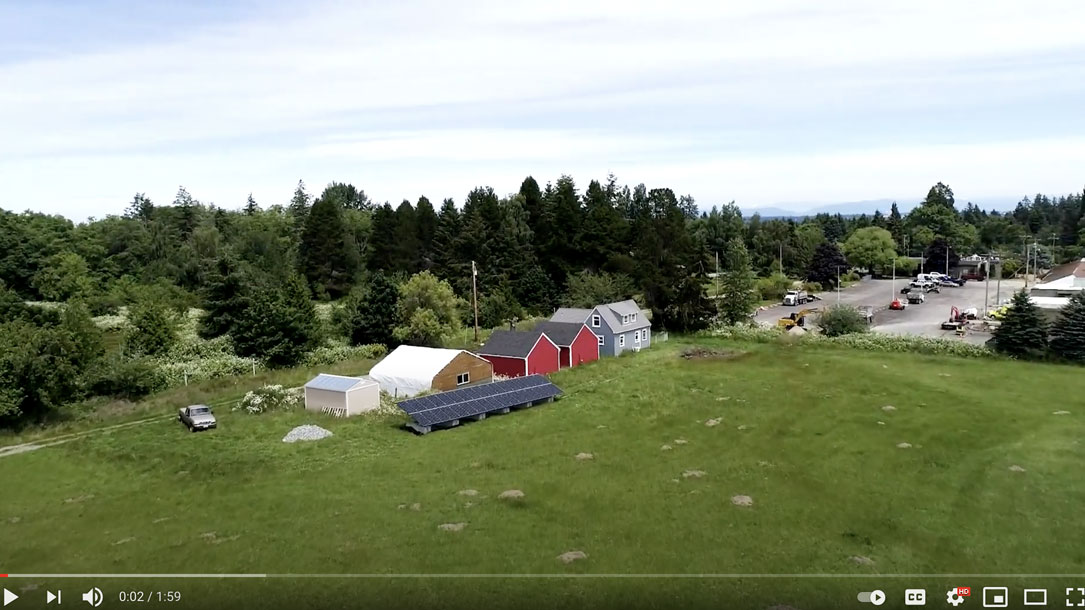
Solar installation—Matsuda Farm
Does your land trust have an opportunity to install solar on its lands as part of an overall project, and education strategy?
The Vashon-Maury Island Land Trust is passionate about conserving land to protect the natural ecosystems and rural character of their islands amidst today’s rampant development. They created a video to talk about a solar installation on a farm they own and how it relates to their conservation goals.
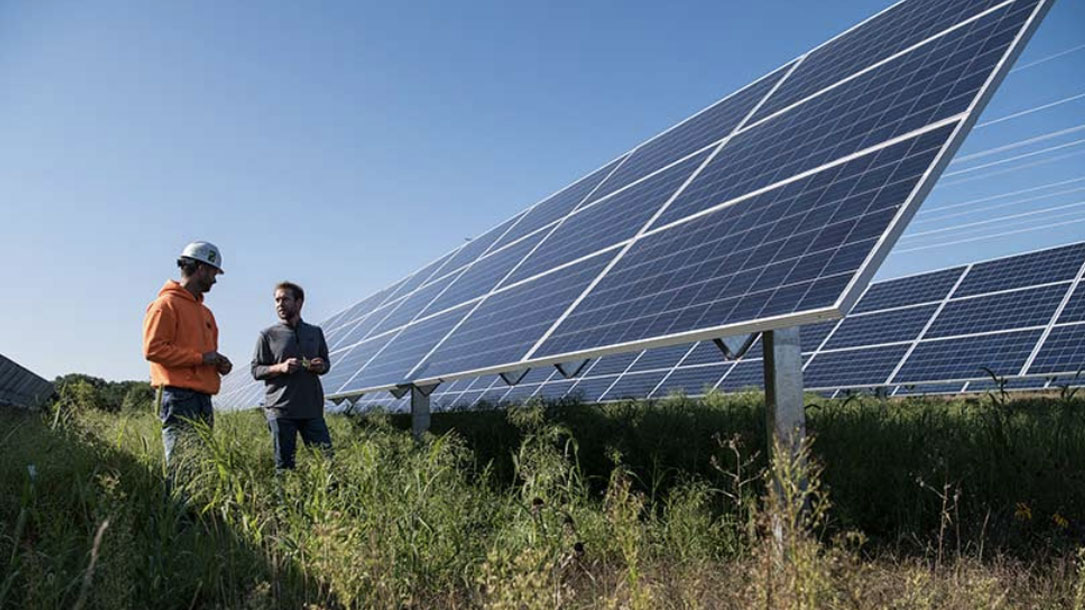
Beneath solar panels, the seeds of opportunity sprout
“On a humid, overcast day in central Minnesota, a dozen researchers crouch in the grass between rows of photovoltaic (PV) solar panels. Only their bright yellow hard hats are clearly visible above the tall, nearly overgrown prarie grasses—which are growing exactly as expected.
Bent over white, square frames, some of the researchers catalog the number and type of native plants growing on a square foot of land. Others press double-forked meters into the ground, measuring the soil moisture below the solar panels and in open ground. Nearby, beekeepers check on the health of local hives.
Their research is part of an ongoing study to quantify the benefits of a new approach to solar installations: low-impact solar development…”
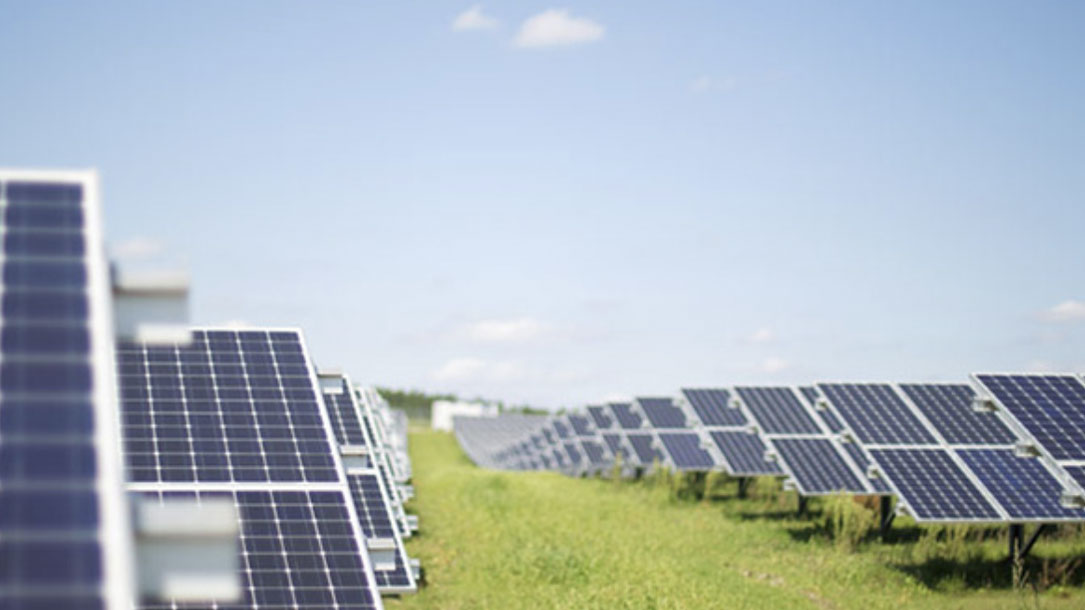
Panel discussion: Integrated Energy Research on Agriculture & Water Challenges
Check out these slides from this detailed panel hosted by the Joint Institute for Strategic Energy Analysis just a few weeks ago…

Can farmland fix solar power’s real estate problem?
Rooftop panels are great, but there just isn’t enough viable rooftop space for solar to take a meaningful bite out of carbon emissions in the US. For that, the country needs utility-scale solar farms, which can take up a lot of space—they could occupy an area the size of Connecticut by 2030, according to the National Renewable Energy Laboratory.
There needn’t be a trade-off between crops and electrons, [Chad] Higgins said; they can grow in tandem. Elevated solar panels installed above crops (so-called “agrivoltaics”) can provide an extra income stream for farmers if they lease the space for them to solar companies. And they can yield benefits for the farm itself: the shade can actually boost the yield of vegetables, decrease water consumption, and preserve the ability of soil to absorb CO2 from the atmosphere, according to an ongoing National Renewable Energy Laboratory (NREL) study. The study’s pilot sites have also found ways to combine solar with cattle and goat grazing, as well as apiaries for bees…



